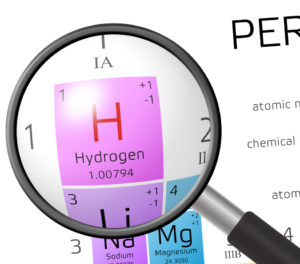
While hydrogen is often talked about as a pollution-free fuel of the future, especially for use in fuel cell electric vehicles, hydrogen can be used for much more than zero-emission cars. In fact, from enhancing the flexibility of the grid to greening agriculture, hydrogen could play a major role in a clean and resilient energy system.
The problem with hydrogen is, while it is the most commonly occurring element on our planet, it does not exist anywhere in pure form. That means it must be produced from other compounds. Currently, the vast majority of hydrogen is produced by extracting it from natural gas, a process called steam methane reforming. While it is inexpensive it releases large amounts of carbon dioxide in the process.
Berkeley Lab is part of a DOE consortium, Hydrogen Materials—Advanced Research Consortium (HyMARC), which is working on safe and cost-effective hydrogen storage. Foundry scientists are working on several HyMARC projects and recently led a study on magnesium nanocrystals wrapped in a layer of graphene, which showed great promise for storing hydrogen safely and at high densities. Researcher Jeff Urban leads HyMARC for Berkeley Lab.

